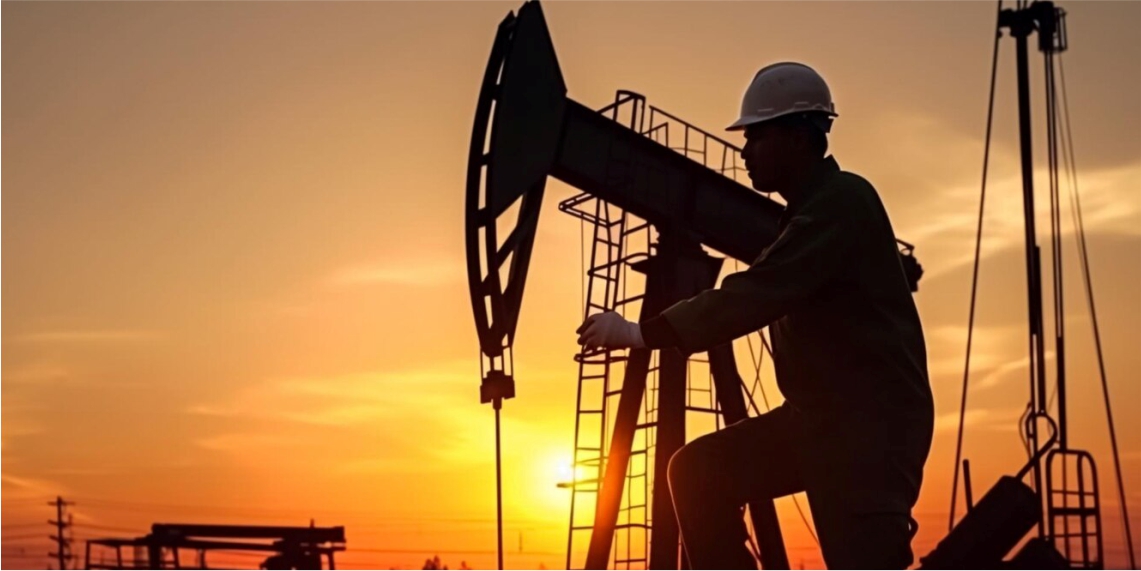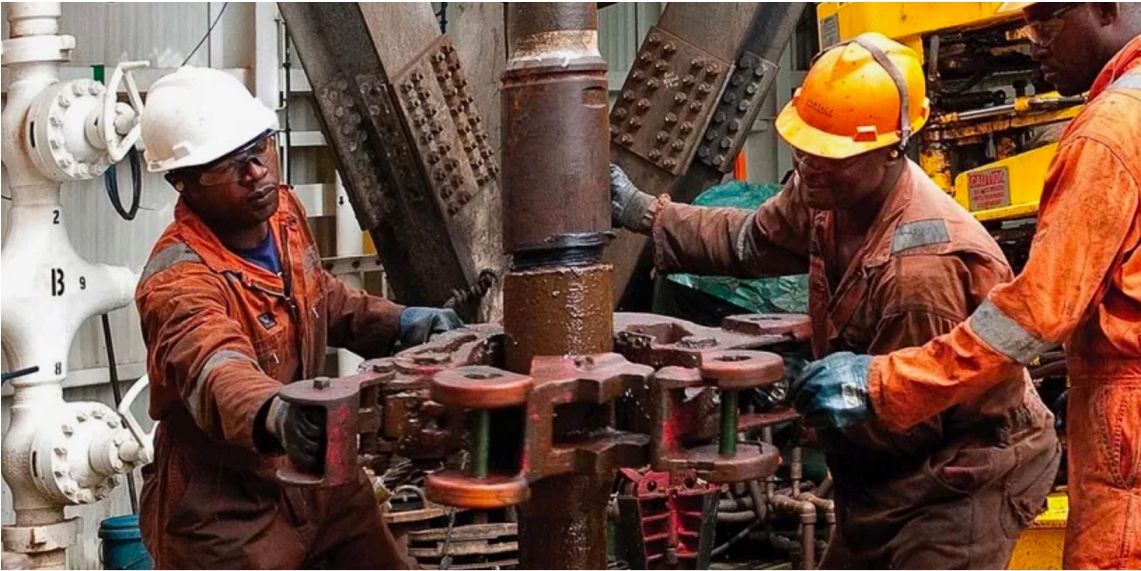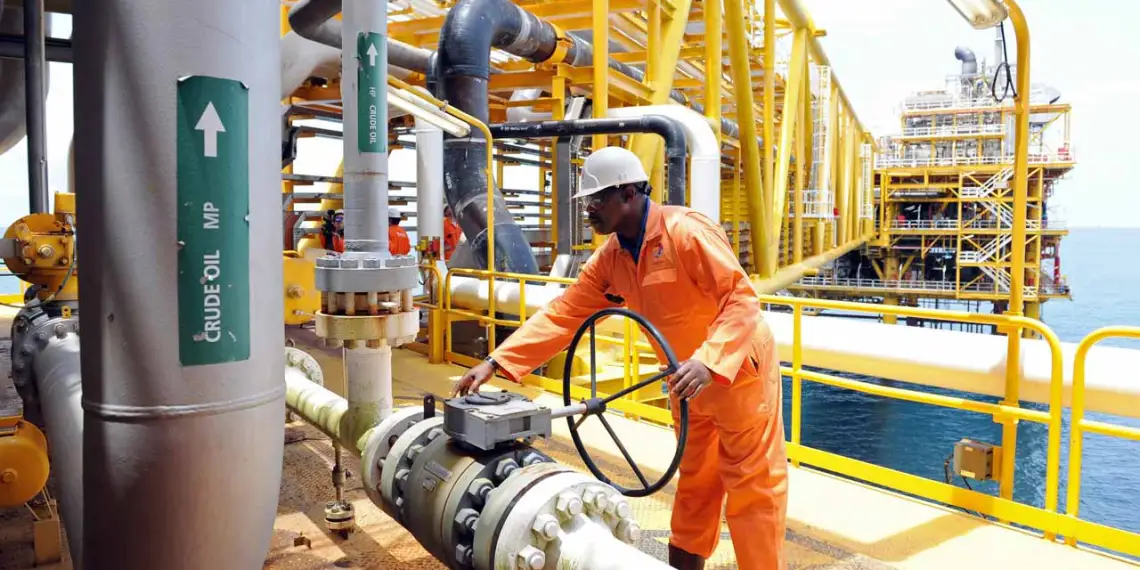A drilling emergency refers to any unexpected event that occurs during drilling operations that poses a threat to the safety of personnel, the environment, or the equipment. These emergencies can range from minor incidents to major catastrophes. Here are some common types of drilling emergencies:
Blowouts: These occur when formation fluids (oil, gas, or water) flow uncontrollably into the wellbore and potentially to the surface. Blowouts can lead to fires, explosions, and environmental damage.
Kicks: These are similar to blowouts but involve a smaller influx of formation fluids. Kicks can be controlled if detected early and proper procedures are followed.
Lost circulation: This happens when drilling mud is lost into the formation due to fractures or high permeability. Lost circulation can lead to stuck pipe, wellbore instability, and formation damage.
Stuck pipe: This occurs when the drill string becomes lodged in the wellbore due to various reasons such as differential sticking, key seating, or formation collapse. Freeing stuck pipe can be challenging and time-consuming.
Drill string failures: These involve the breakage of components in the drill string, such as drill bits, drill collars, or drill pipe. Drill string failures can cause delays, damage to the wellbore, and require fishing operations to retrieve the broken pieces.
Surface equipment failures: These include malfunctions in drilling rigs, pumps, generators, or other surface equipment. Surface equipment failures can disrupt operations and pose safety hazards.
Wellbore instability: This refers to the collapse or deformation of the wellbore due to factors such as weak formations, high pore pressure, or improper mud weight. Wellbore instability can lead to stuck pipe, lost circulation, and difficulty in reaching the target depth.
Environmental incidents: These involve spills or releases of drilling fluids, chemicals, or hydrocarbons that can contaminate the soil, water, or air. Environmental incidents can have serious consequences for ecosystems and human health.
Drilling emergencies can have significant consequences, including:
Injuries or fatalities to personnel: Drilling operations can be hazardous, and emergencies can lead to accidents and injuries.
Environmental damage: Blowouts, spills, and leaks can contaminate the environment and harm wildlife.
Financial losses: Drilling emergencies can cause delays, damage equipment, and require costly remediation efforts.
Reputational damage: Companies involved in drilling emergencies may suffer reputational damage and face regulatory scrutiny.
To prevent and mitigate drilling emergencies, it is crucial to have:
Proper planning and risk assessment: Thorough planning and risk assessment can identify potential hazards and develop contingency plans.
Well-trained personnel: Well-trained personnel are essential for recognizing and responding to emergencies effectively.
Reliable equipment: Using reliable and well-maintained equipment can reduce the risk of failures.
Effective emergency response plans: Having well-defined emergency response plans can help minimize the impact of emergencies.
Continuous monitoring and surveillance: Continuous monitoring and surveillance of drilling operations can help detect early signs of potential problems.
By taking these measures, the risk of drilling emergencies can be significantly reduced, and the safety of personnel, the environment, and equipment can be better protected.




